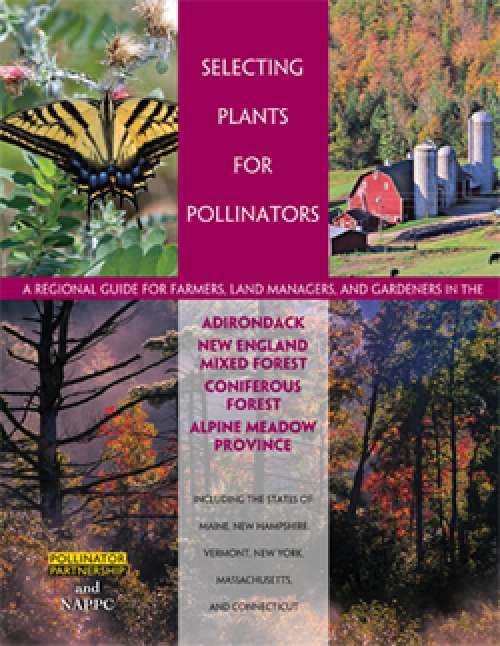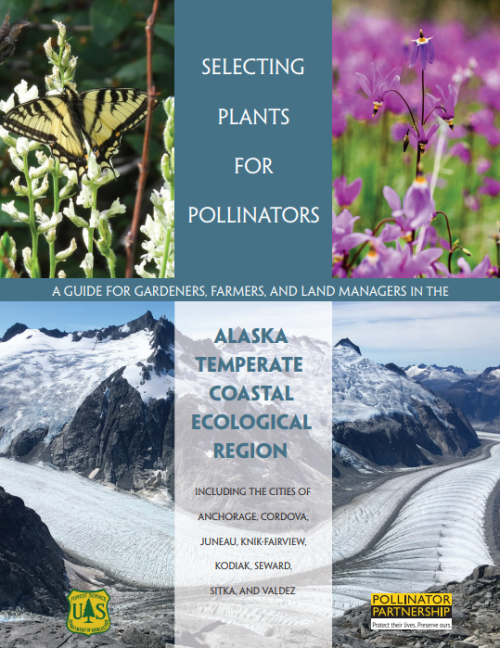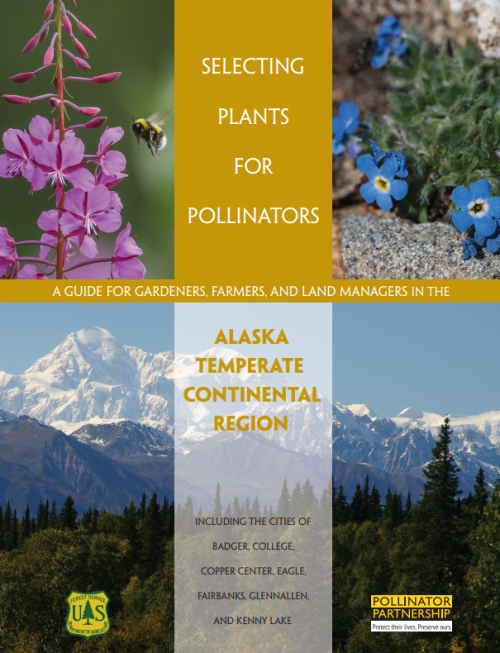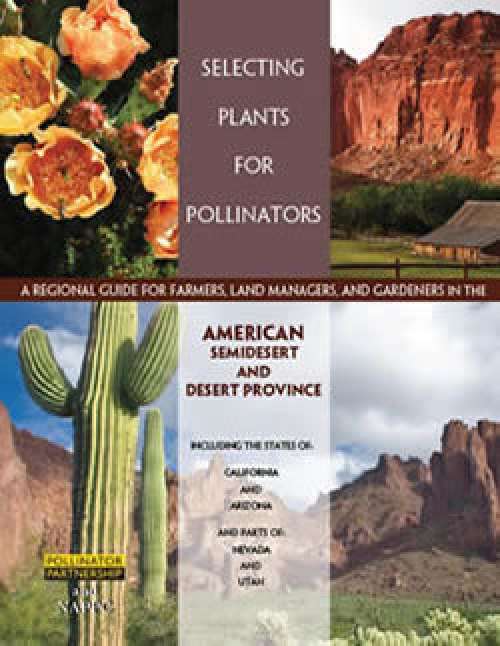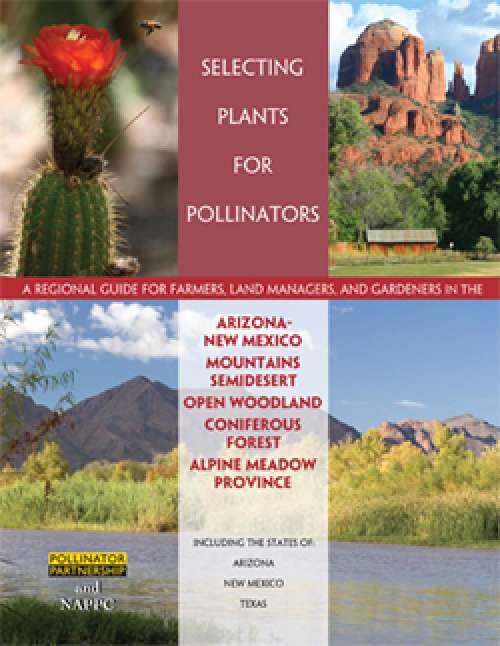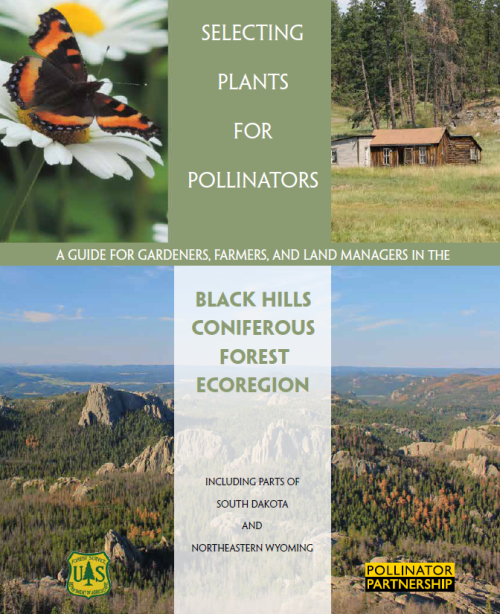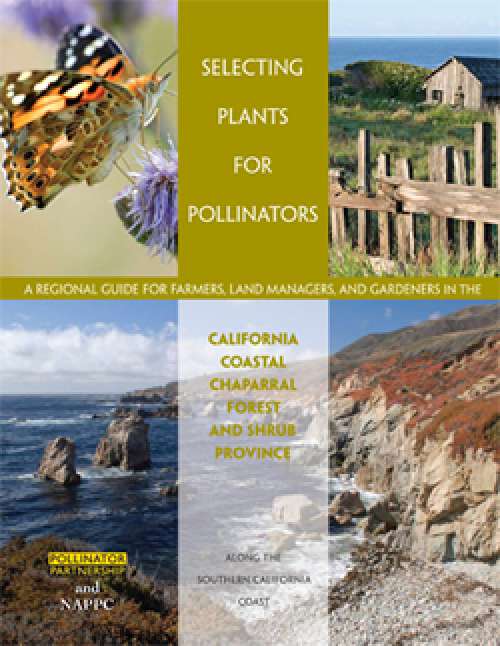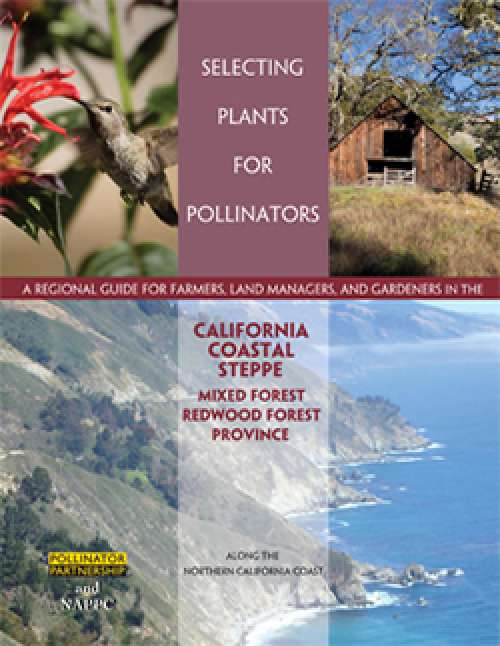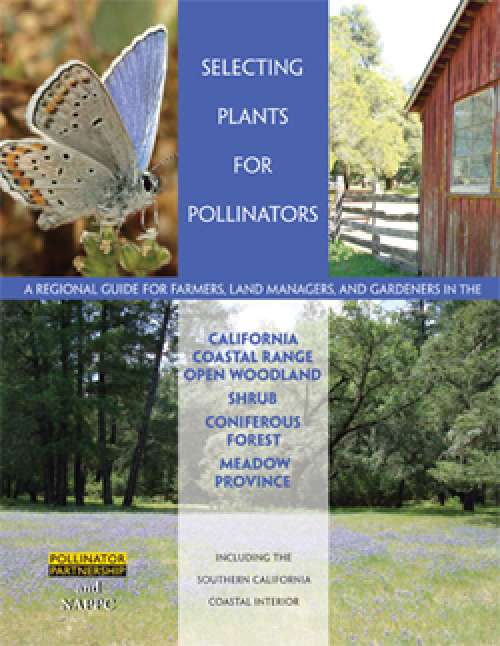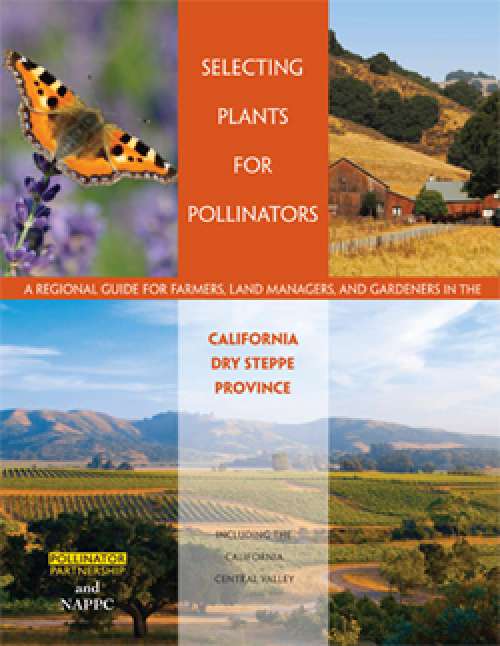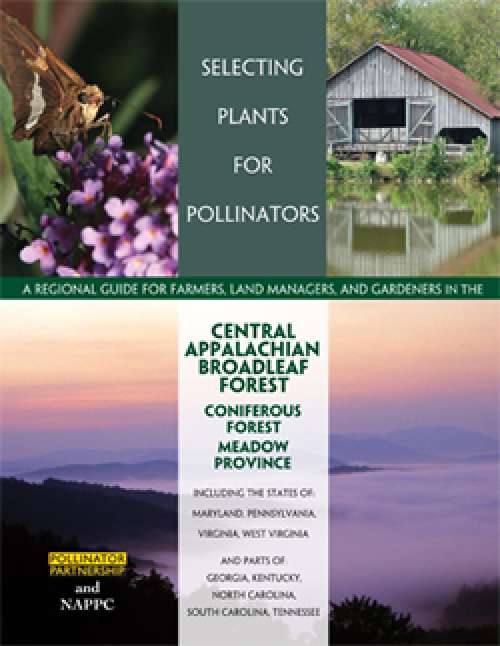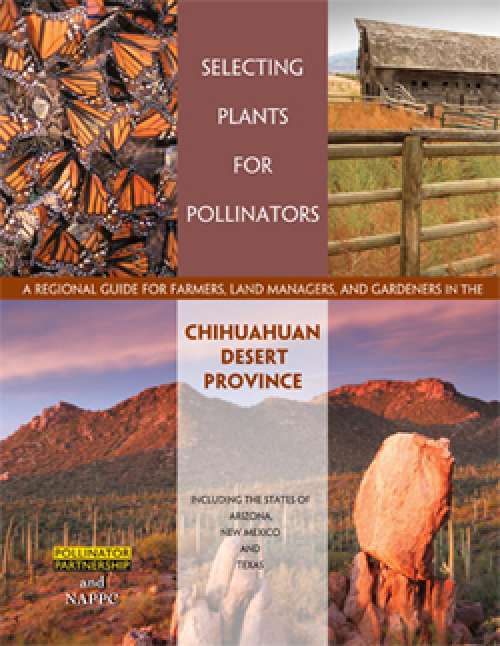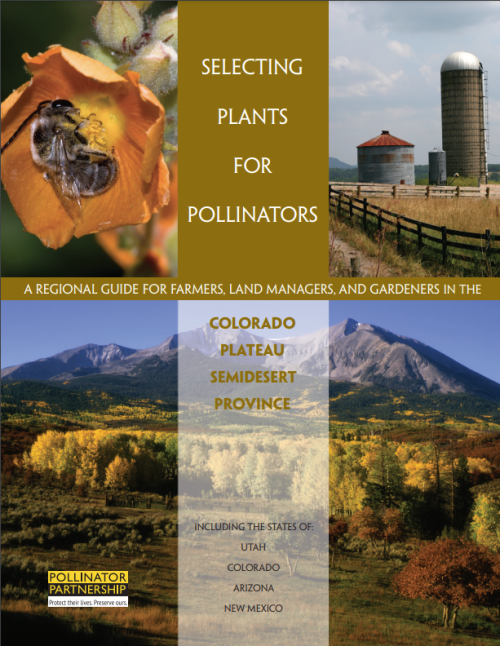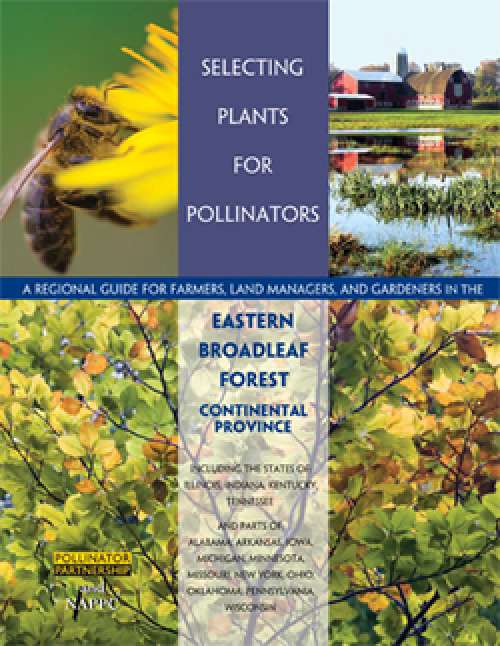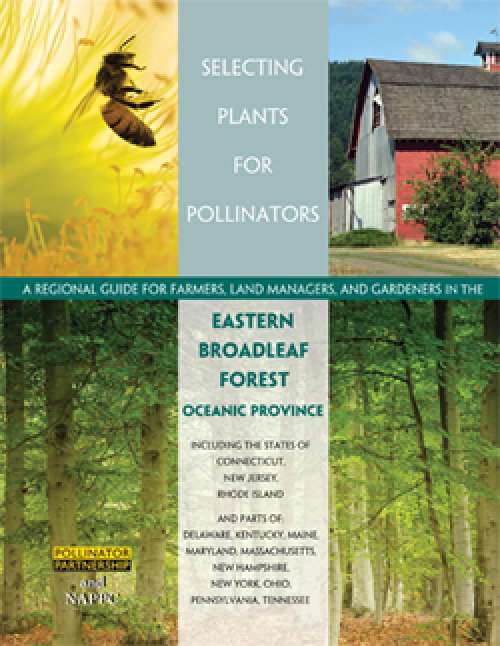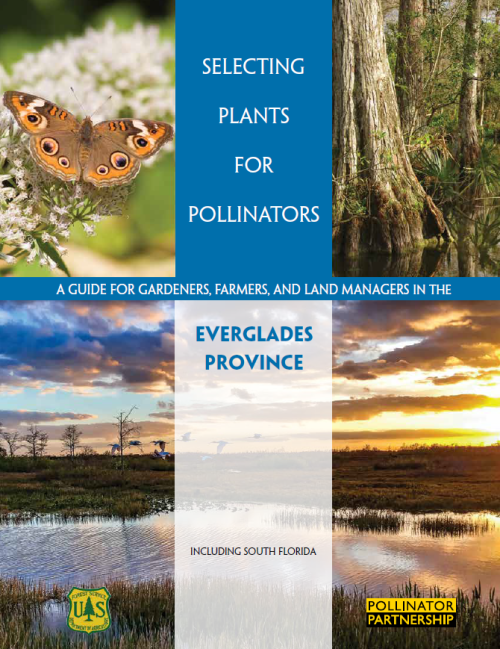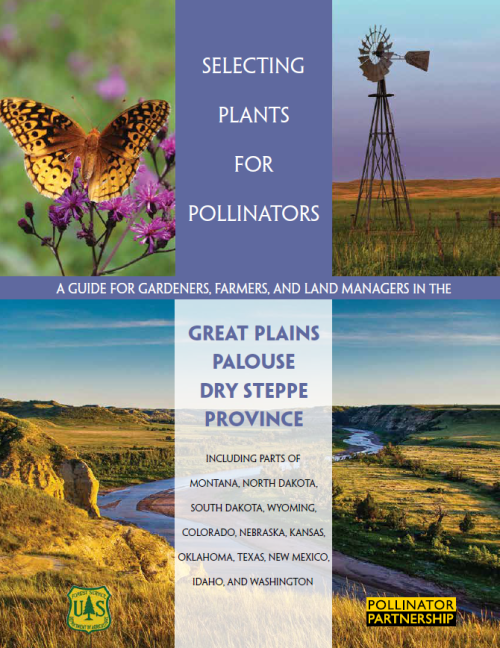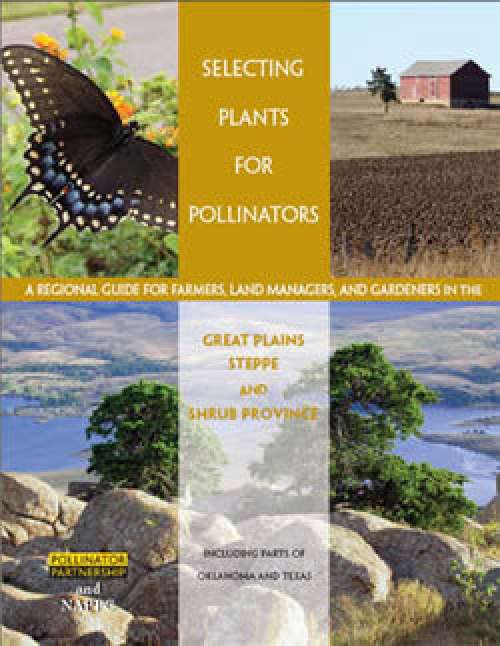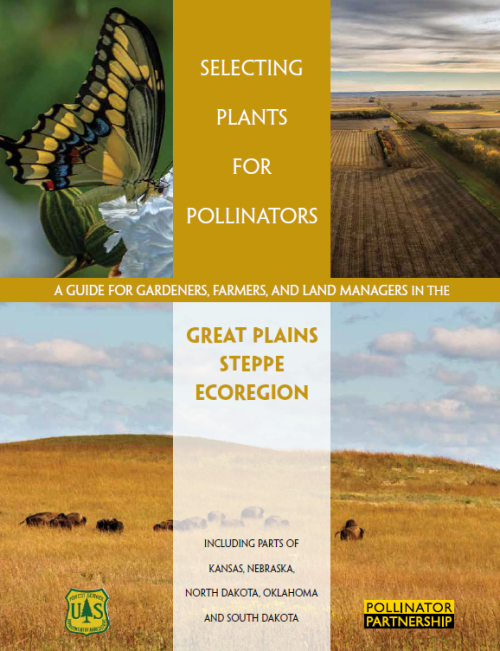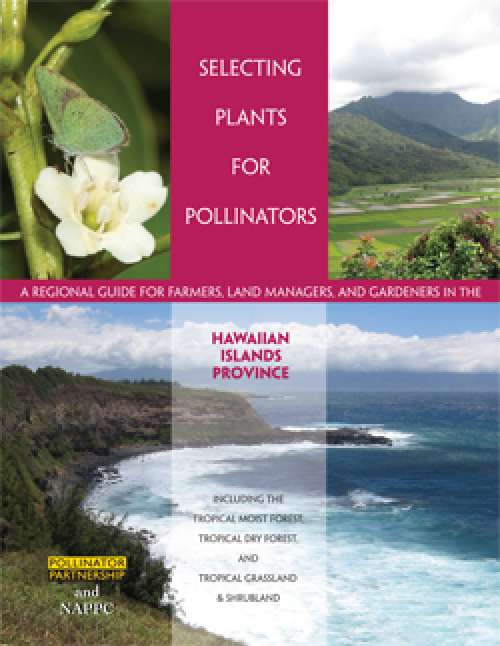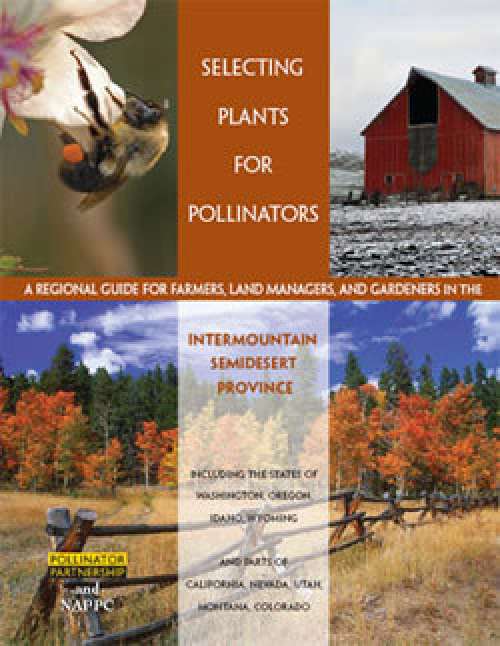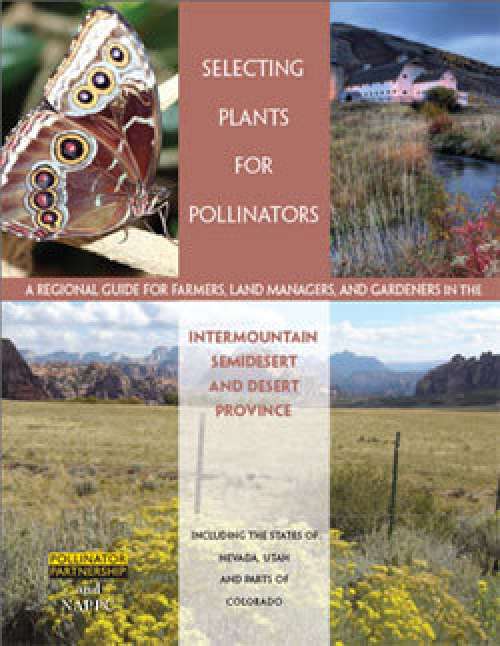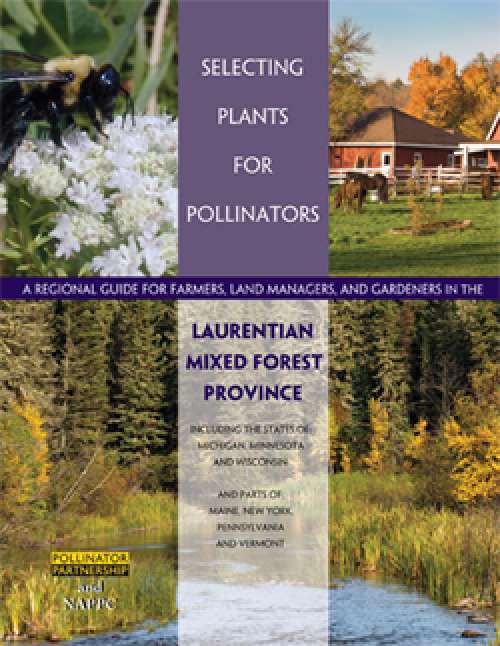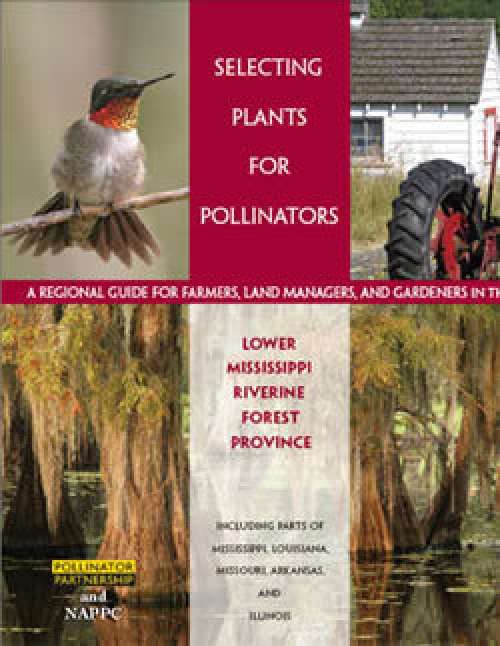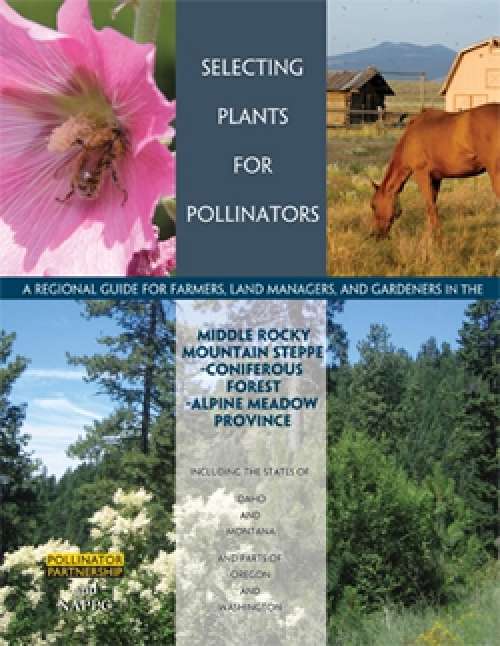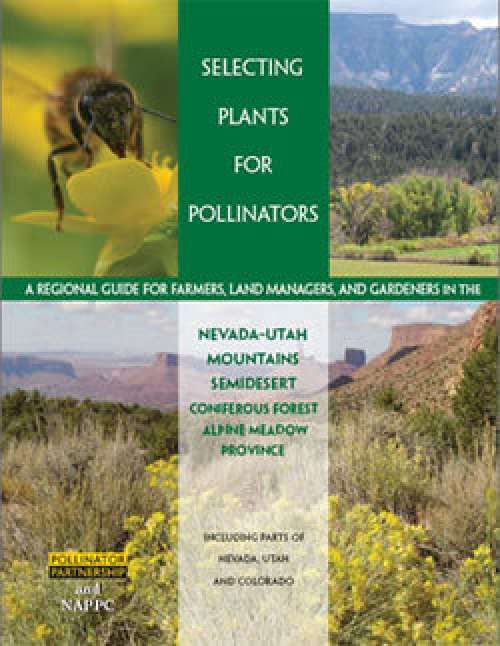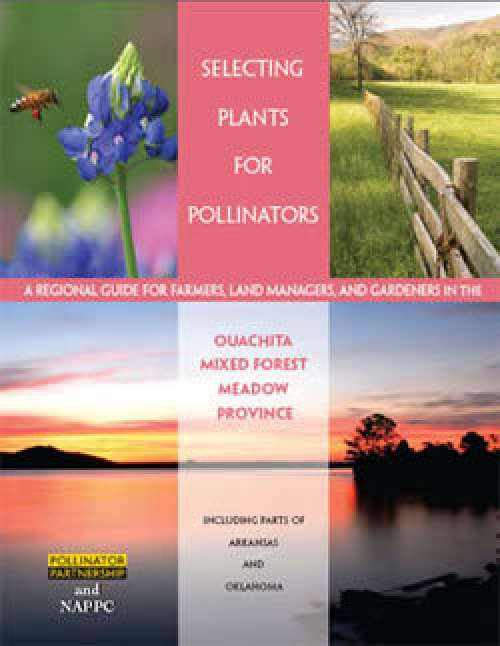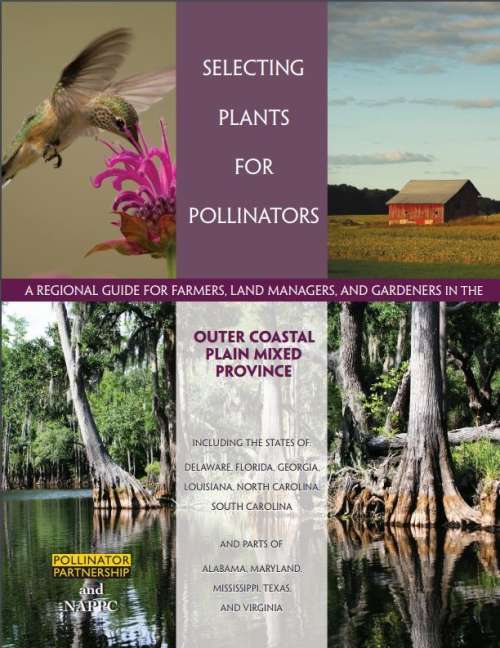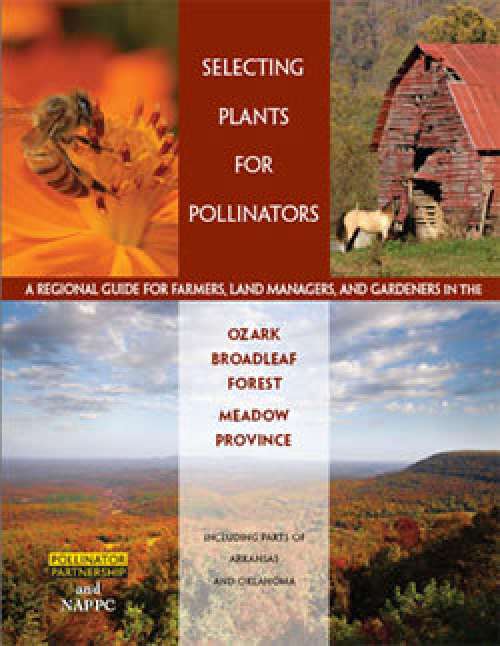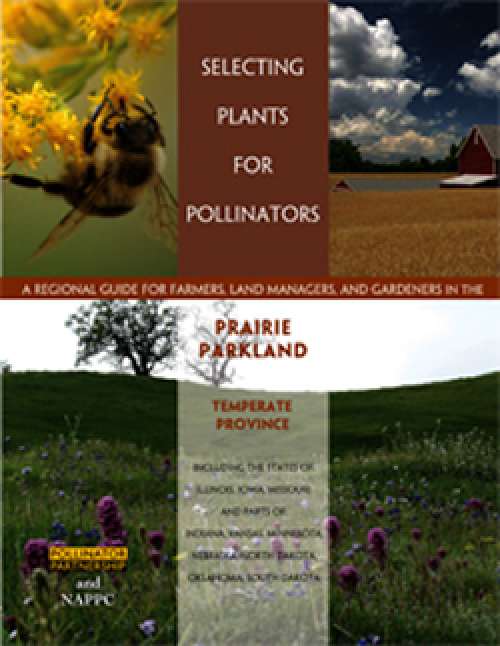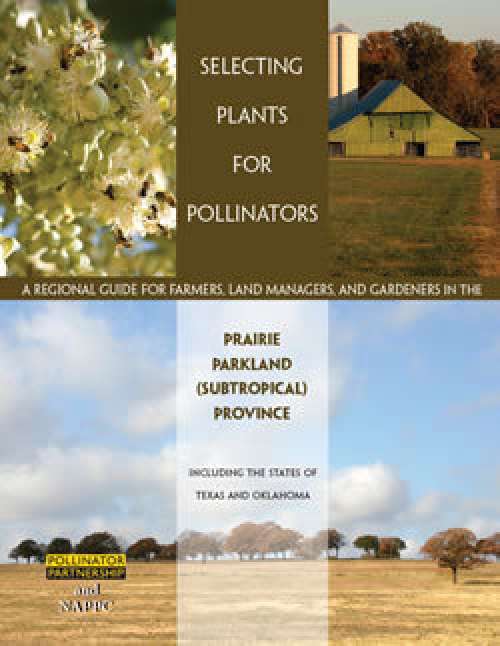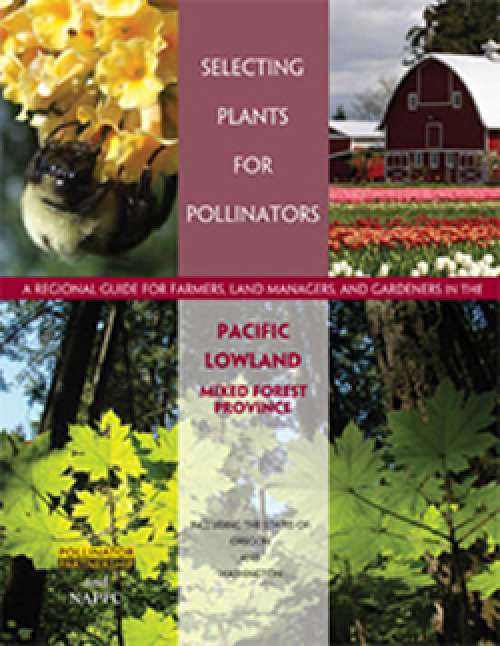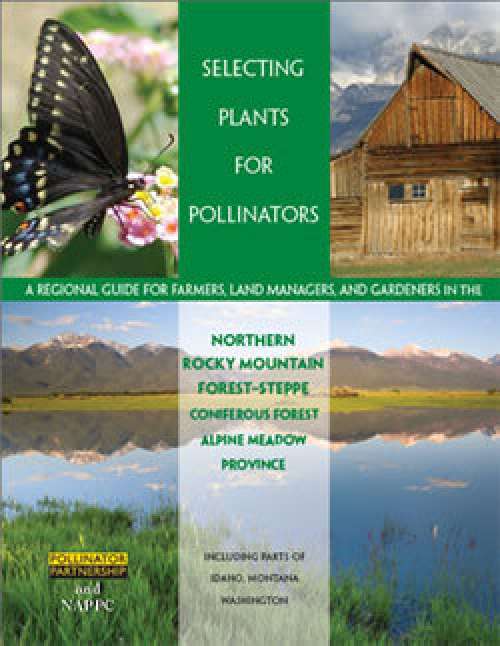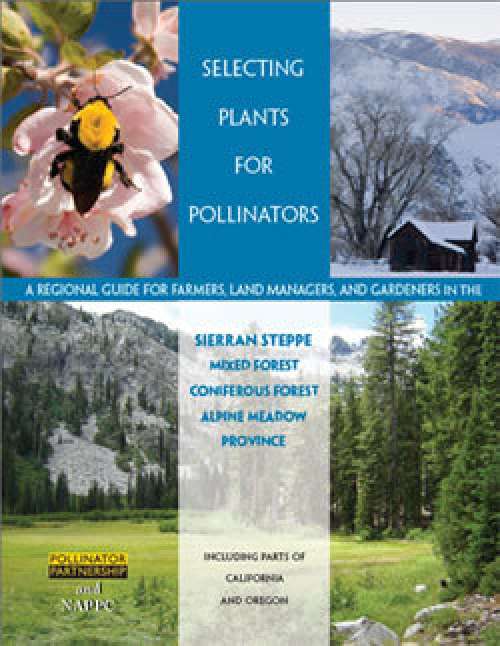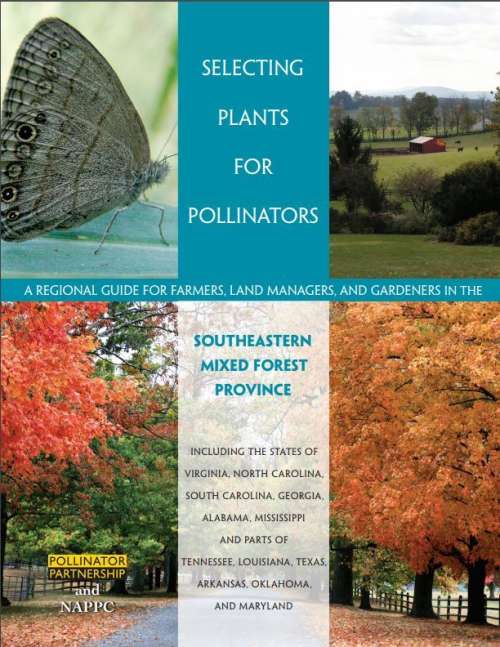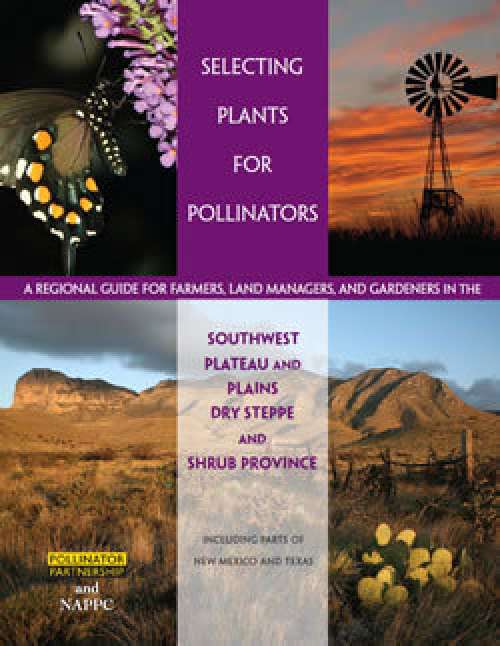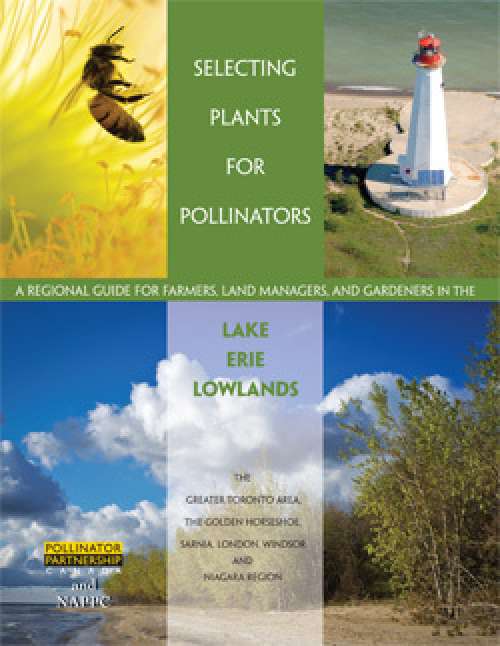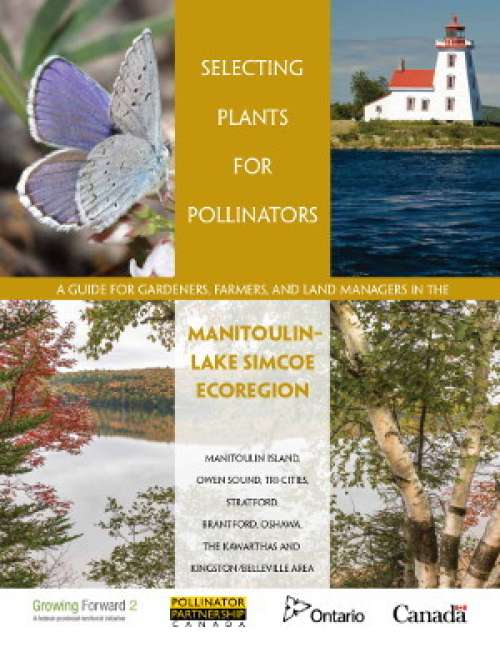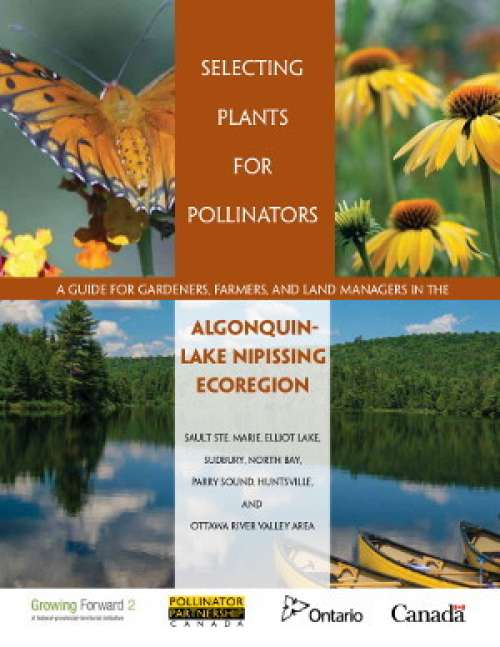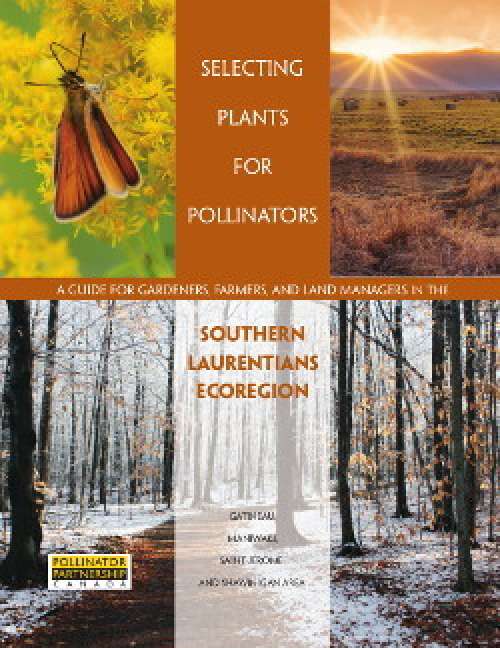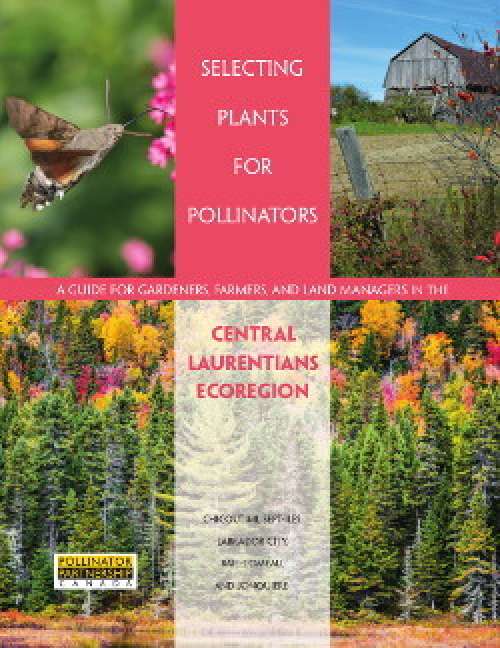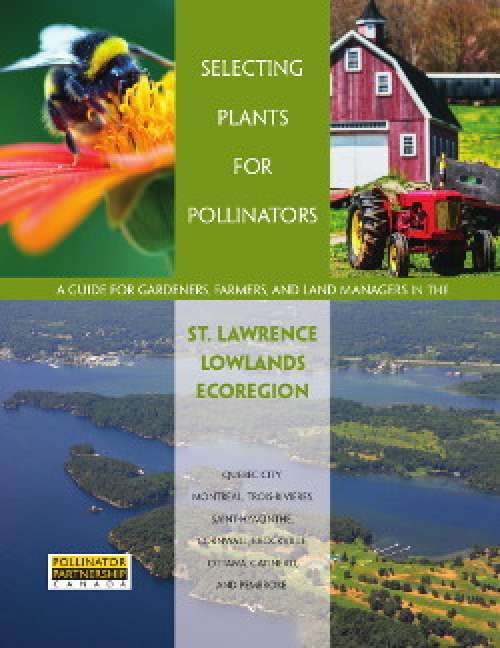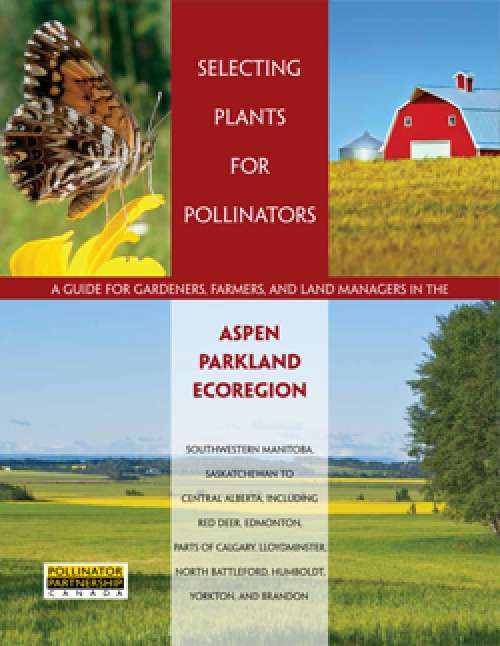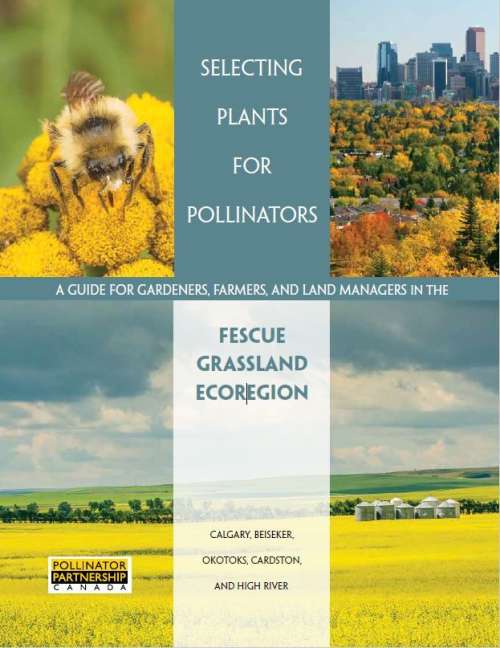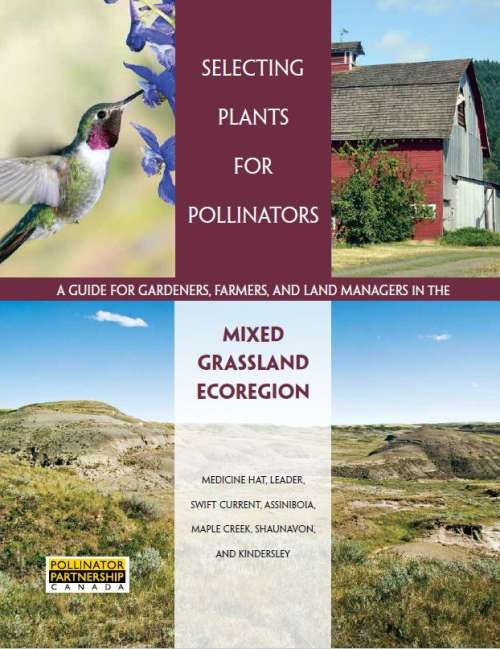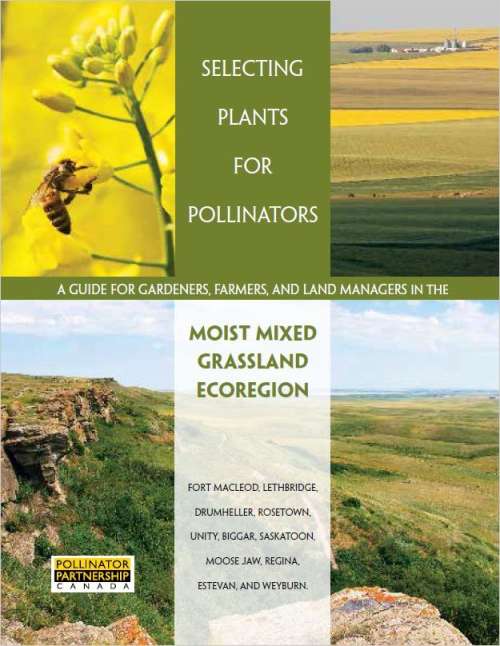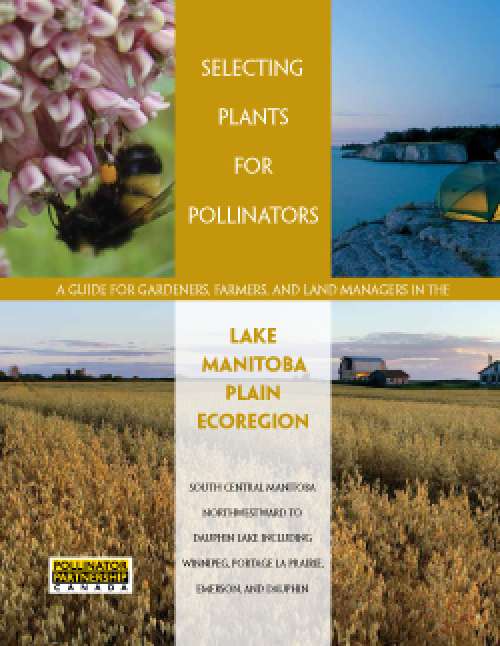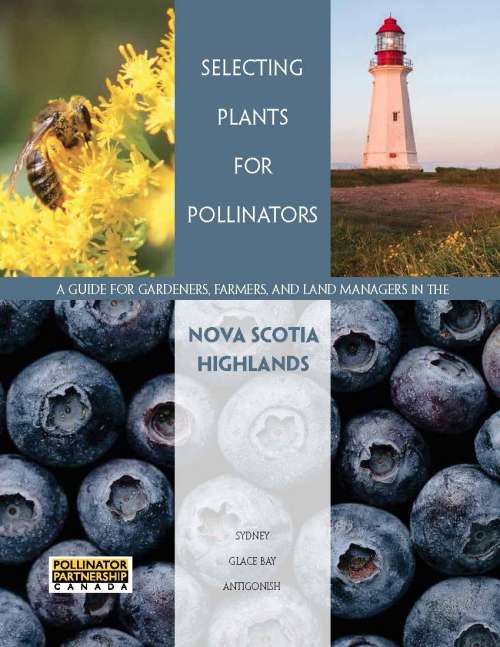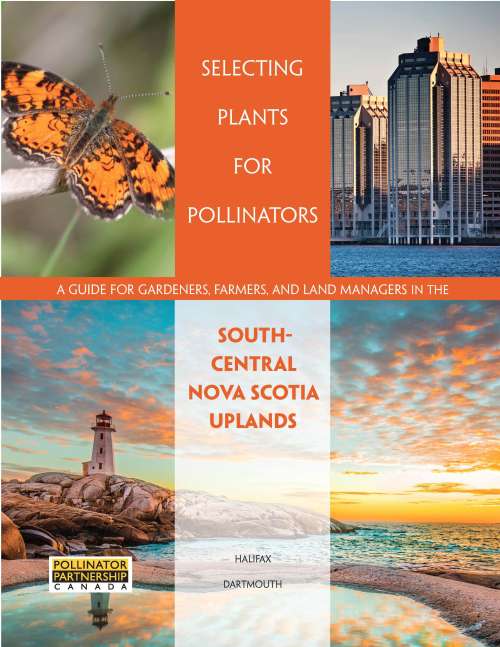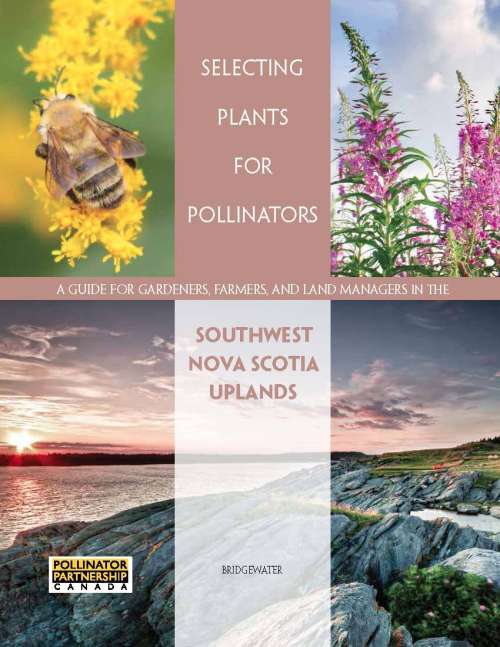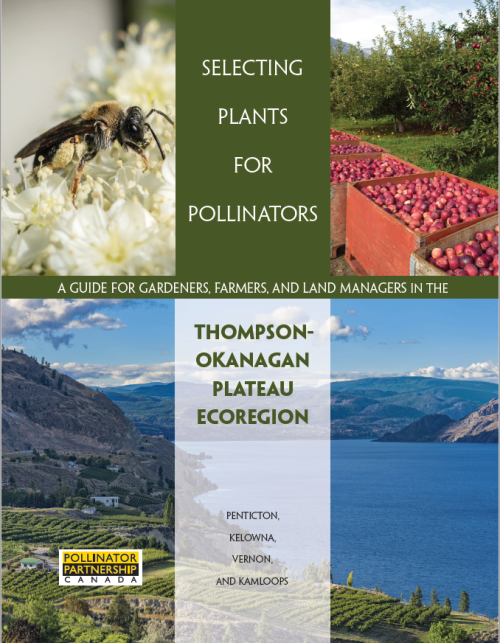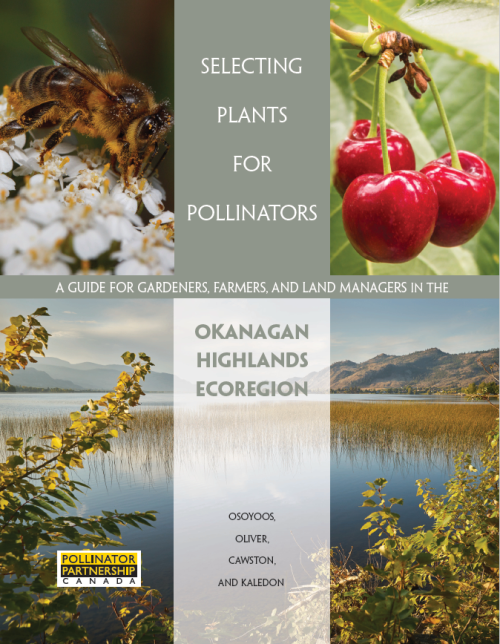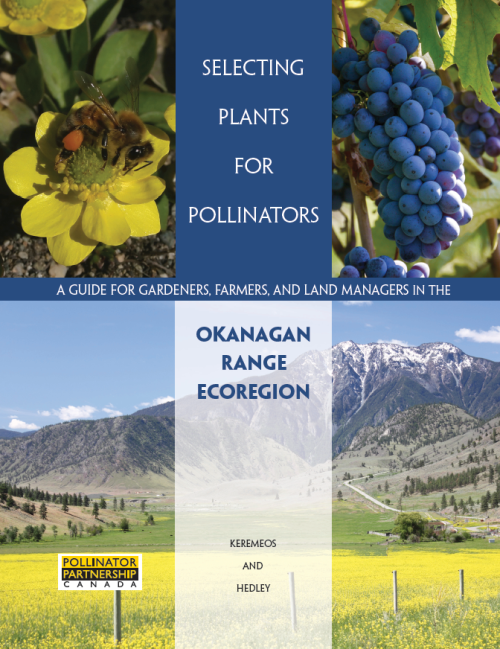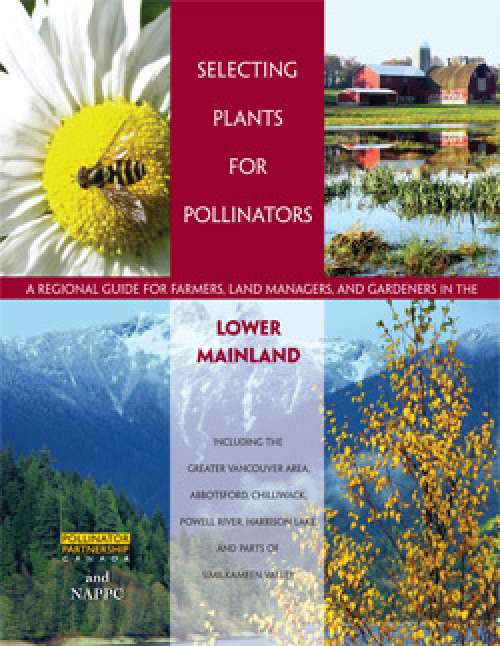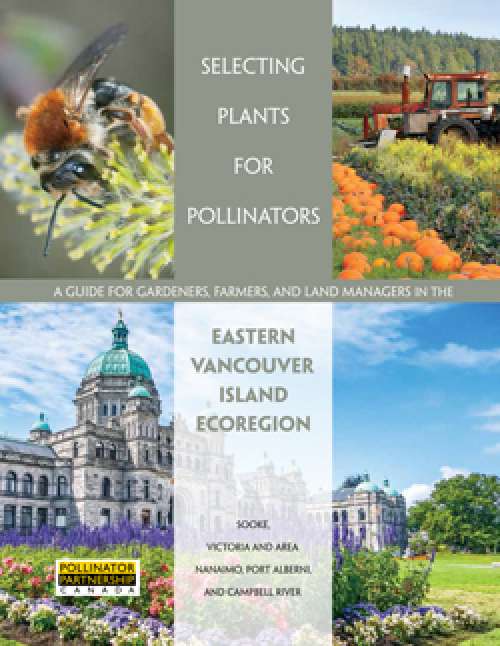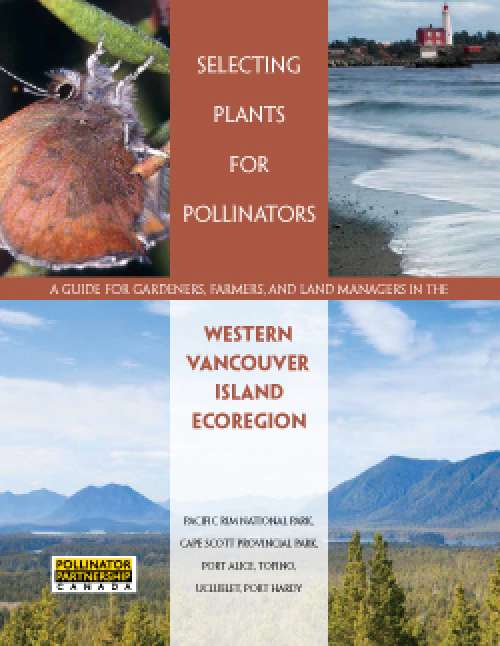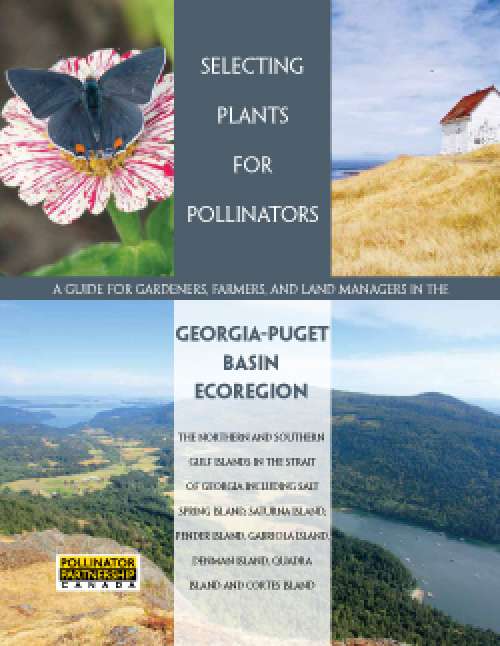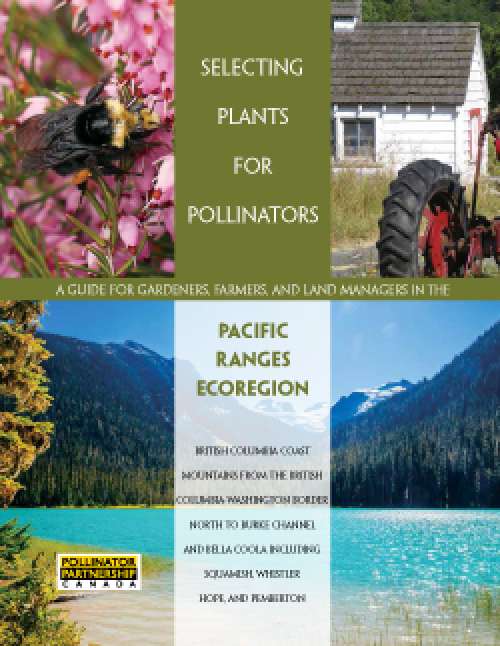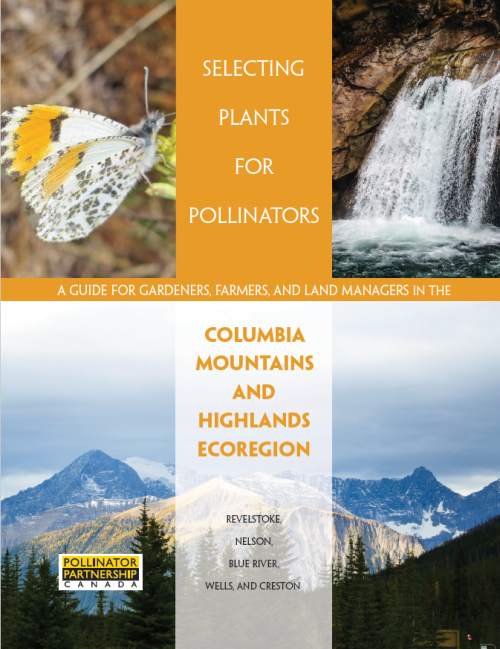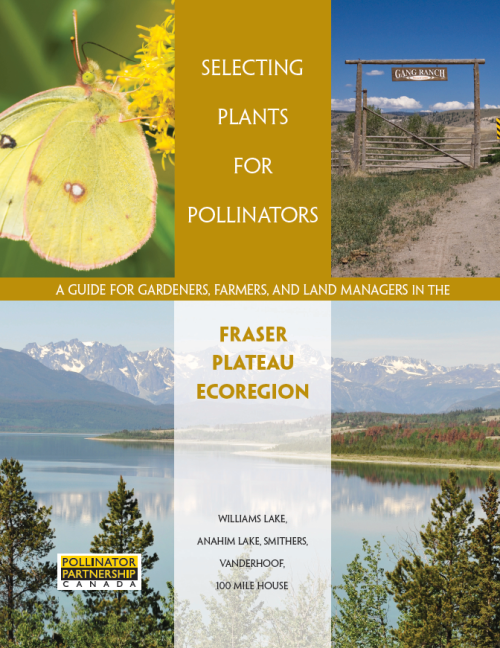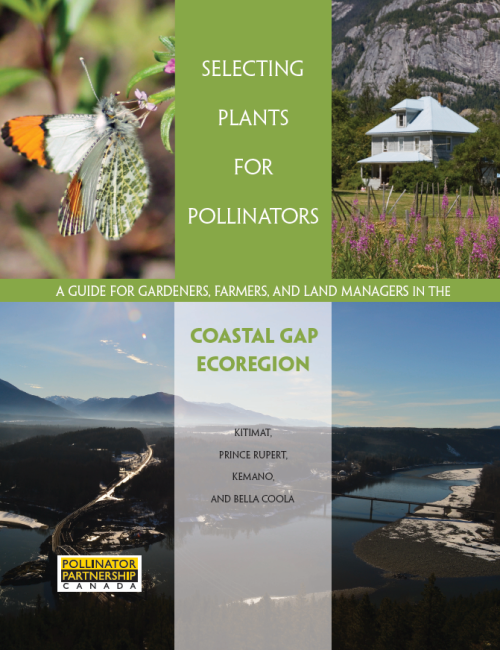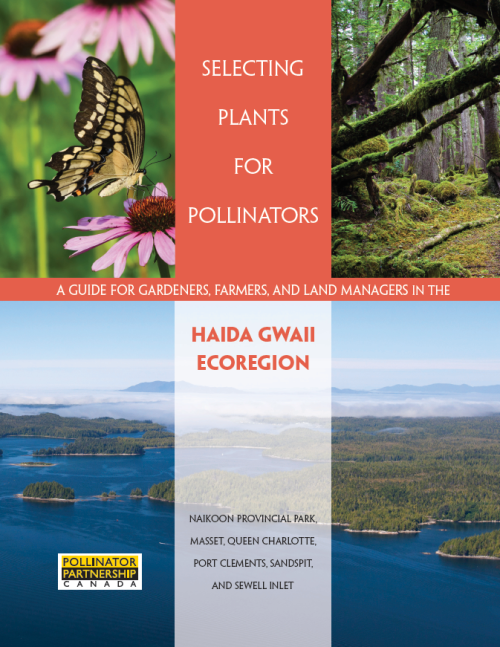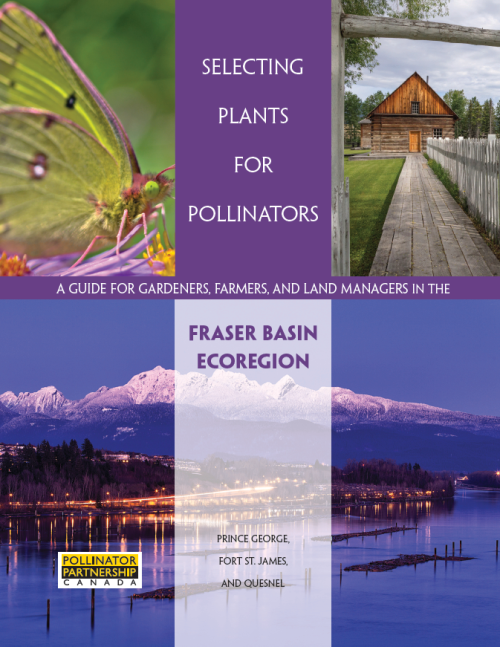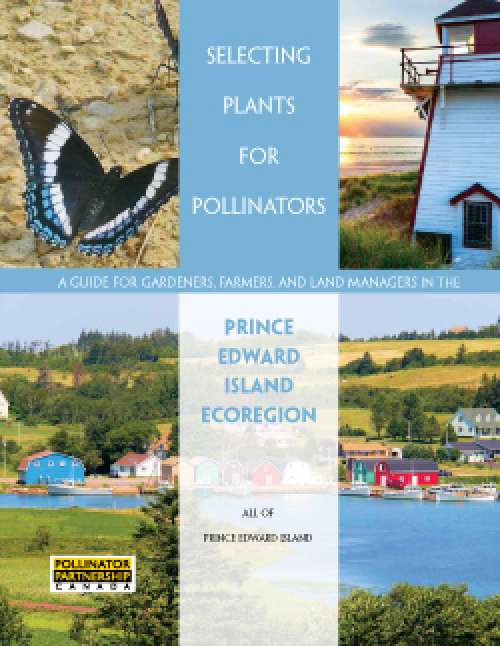Interested in obtaining this pollinator planting information in a searchable database where you can download an excel plant list just for you? Check out the Find Your Roots Tool!
Ecoregional Planting Guides
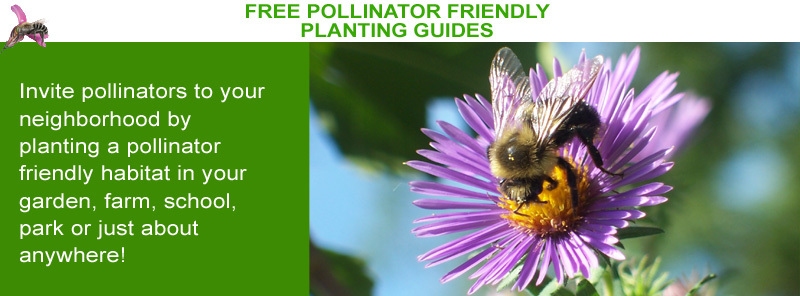
Selecting Plants for Pollinators
Our ecoregional planting guides, Selecting Plants for Pollinators, are tailored to specific areas of the United States. You can find out which ecoregion you live in and get your free guide by entering your zip code below. For Canadian Guides click here
For help finding the right guide for you, please call 415-362-1137 or email info@pollinator.org
Starting on Page 16 of the planting guides you can find lists of plant names that will attract pollinators and help you build beautiful pollinator habitat! Print these lists and bring them to your local native plant, garden center or nursery.
Click on a Guide to Download!
Inside each guide you'll find 24 pages of native planting information. All in full PDF Format.
United States
- Adirondack
- American Semi Desert
- Arizona New Mexico
- Black Hills Coniferous Forest
- California Coastal Chaparral
- California Coastal Steppe
- California Coastal Woodland
- California Dry Steppe
- Cascade Mixed Forest
- Central Appalachian Broadleaf Forest
- Chihuahuan Desert
- Colorado Plateau
- Eastern Broadleaf Forest Continental
- Eastern Broadleaf Forest Oceanic
- Everglades Province
- Great Plains Steppe and Shrub Province
- Great Plains Palouse Dry Steppe Province
- Great Plains Steppe
- Hawaiian Islands Province
- Intermountain Semidesert
- Intermountain Semidesert And Desert Province
- Laurentian Mixed Forest
- Lower Mississippi Riverine Forest Province
- Middle Rocky Mountain Steppe
- Nevada-Utah Mountains SemiDesert
- Ouachita Mixed Forest Meadow Province
- Outer Coastal
- Ozark Broadleaf Forest
- Pacific Lowland
- Prairie Parkland
- Prairie Parkland (Subtropical)
- Rocky Mountain Forest-Steppe
- Sierran Steppe Mixed Forest
- Southeastern Mixed Forest Province
- Southwest Plateau and Plains Dry Steppe
- Southern Rocky Mountain Steppe
Canada
- Algonquin Lake Nipissing
- Aspen Parkland
- Central Laurentians
- Coastal Gap
- Columbia Mountains and Highlands
- Eastern Vancouver Island
- Fescue Grassland
- Fraser Basin
- Fraser Plateau
- Georgia-Puget Basin
- Haida Gwaii
- Lake Erie Lowlands
- Lake Manitoba Plain
- Lower Mainland
- Mixed Grassland
- Moist Mixed Grassland
- Manitoulin Lake Simcoe
- Nova Scotia Highlands
- Okanagan Highlands
- Okanagan Range
- Pacific Ranges
- Prince Edward Island
- South Central Nova Scotia Uplands
- South West Nova Scotia Uplands
- Southern Laurentians
- St. Lawrence Lowlands
- Thompson-Okanagan Plateau
- Western Vancouver Island
Canada

ONTARIO
QUEBEC
ALBERTA AND SASKATCHEWAN
MANITOBA
Nova Scotia
BRITISH COLUMBIA
PRINCE EDWARD ISLAND
About the Guides
These guides were funded by the National Fish and Wildlife Foundation, the C.S. Fund, the Plant Conservation Alliance, the U.S. Forest Service, and the Bureau of Land Management with oversight by the Pollinator Partnership, in support of the North American Pollinator Protection Campaign. To learn more about why planting for pollinators is important, click here.
List of Common Plants
What to Plant?
Below is list of common plants for those who want to attract pollinators to their garden – it’s a simple list of plants readily available in most nurseries and big box stores in the lower 48 states. These plants are are not known to be invasive, but always research invasive plants in your area and never plant known invasive species.
What do I get from the Planting Guides?
While the generic plants listed below are fine for any area, we urge you to go a step further and use the list within the Planting Guides. It provides SPECIFIC native plants for your ecoregion – the native plants that are adapted to your climate.
Lavandula spp. (Lavender)
Rosemarinus officinalis (Rosemary)
Salvia spp. (Sage)
Echinacea spp. (Coneflower)
Helianthus spp. (Sunflower)
Cercis spp. (Redbud)
Nepeta spp. (Catnip)
Penstemon spp. (Penstemon)
Stachys spp. (Lamb’s ears)
Verbena spp. (Verbena)
Phacelia spp. (Bells or Phacelia)
Aster spp. (Aster)
Rudbeckia spp. (Black-eyed Susan)
Origanum spp. (Oregano)
Achilliea millefolium (Yarrow)
Why is Planting for Pollinators Important?
Whether you are a farmer of many acres, land manager of a large tract of land, or a gardener with a small lot, you can increase the number of pollinators in your area by making conscience choices to include plants that provide essential habitat for bees, butterflies, moths, beetles, hummingbirds, and other pollinators.
Where can I Buy Native Plants?
Visit Plant Native's site to find a nursery near you using your zipcode www.plantnative.org.
The Kramer Lab ERA Vendor Table - This is a subset of data collected as part of a nationwide assessment conducted by Abbey White at Chicago Botanic Garden in 2015. **PLEASE NOTE THAT THIS INFORMATION ON VENDORS AND SPECIES AVAILABLITY HAS NOT BEEN UPDATED SINCE 2015, AND THEREFORE IS HIGHLY SUBJECT TO CHANGE** A description of the methods used, and results of the nationwide assessment, are available in a manuscript in Restoration Ecology: White A, Fant JB, Skinner M, Havens K, Kramer AT. (2018) Restoring species diversity: Assessing capacity in the United States native plant industry. Restoration Ecology. 26:605-611 For additional information, visit
http://sites.northwestern.edu/... or contact Andrea Kramer at Chicago Botanic Garden (akramer@chicagobotanic.org).
https://monarchjointventure.org/mjvprograms/habitat/milkweed-vendor-map
https://www.xerces.org/milkweed/milkweed-seed-finder#mwf_tool
What's the Buzz About? Hear What People are Saying About the Guide.
"I am wrote a book on bees, wasps, and ants for gardeners and have included reference to your guides and your website, both of which are super. You are providing a great service to the gardening community. Many thanks."
-Eric Grissell Sonoita, Arizona
"I found the guide to be visually pleasing and well written. I found my way without effort and loved the print size (using a laptop). I have never thought of flies as pollinators. Now, I feel almost bad for the swats".
- Sharon Weston
"I recently downloaded your guide for the region appropriate for Connecticut. I found it to be just what I was looking for in terms of plantings I can add to my yard that would support pollinators. It provided a lot of information on what kinds of pollinators are in my area, as well as many tips to make my yard more user-friendly for bees, butterflies, birds, etc. I don't think there is anything you didn't cover. The presentation was concise, easy-to-read, and enjoyable. Thanks so much for all the hard work that went into these guides. I look forward to improving my property both for myself, and all the wildlife that relies on it."
-Lisa Banik Waterbury, CT
"Your guide has opened up a whole new area of ecological observation and quick reference as to what species of pollinators use what plants as well as an opportunity through personal observation as to what additional pollinator are important . All of these pollinators and the pollination process are providing food and future fruits and seed production for birds. People must realize that you cannot have the butterflies and moths without the caterpillars and you cannot have food for the birds and other wildlife without the pollinators."
-Jerry W. Davis Certified Wildlife Biologist
How Should I Cite a Guide?
Citations will vary depending on the format used, but generally all of the below information should be included.
Pollinator Partnership (or Pollinator Partnership Canada). Year. Full Title. Published by Pollinator Partnership, San Francisco, USA. Number of Pages. url
